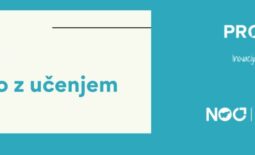THE ABC OF SUSTAINABILITY
Sustainability is a way of working for individuals, for businesses, for the economy as a whole. It is a way of consuming and using natural resources. Sustainability, as the United Nations has said, will help us meet the needs of the present without compromising the ability of future generations to meet their own needs. But of course, this has also given rise to expressions in the discussions that, in order to follow the discussion and actually become active, we need to understand. Two key terms are ESG and SDG.
ESG?
ESG is now a well-known acronym for Environmental, Social and Governance (ESG). Environmental, Social and Governance factors) that are used to select investments. In short, the ESG criteria are about socially responsible investment in the broadest sense of the word. The ESG acronym was widely adopted in 2006, following a United Nations report which also contained six key criteria that financial market stakeholders must comply with in order to meet the ESG criteria (United Nation’s Principles for Responsible Investment – PRI), and which they must then report on annually.
SDG?
In 2015, the United Nations established 17 Sustainable Development Goals (SDGs), hence the acronym SDG. The individual objectives are summarised in the figure below.
How do the concepts connect?
The 17 Sustainable Development Goals (SDGs) are divided into three groups – Environment, Social, Governance (ESG). So when we talk about ESG, we are talking about the general. When it comes to the SDGs, we are already more concrete.
Sustainable business and operations are becoming our reality. Legal too. Two years ago, the EU adopted the EU Taxonomy Regulation 2020/852. In a nutshell, in order to achieve our climate and energy goals, the European Union has decided to focus investments on sustainable projects and activities, which will have a significant impact on the lending decisions of European banks.
With an understanding of SDGs and ESGs, we are only just entering the field of sustainability. But how do we move from understanding to action? Stay tuned and find out more in future blogs.




